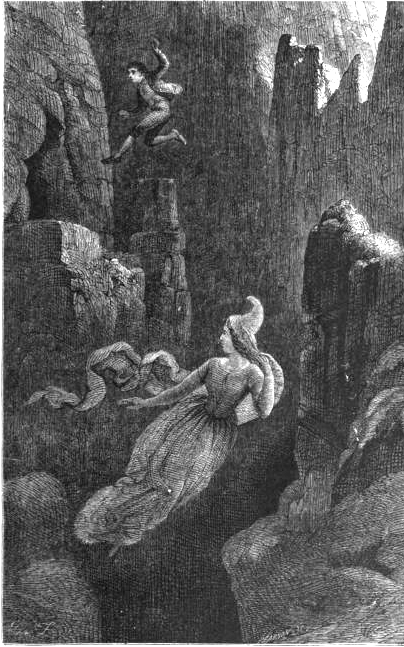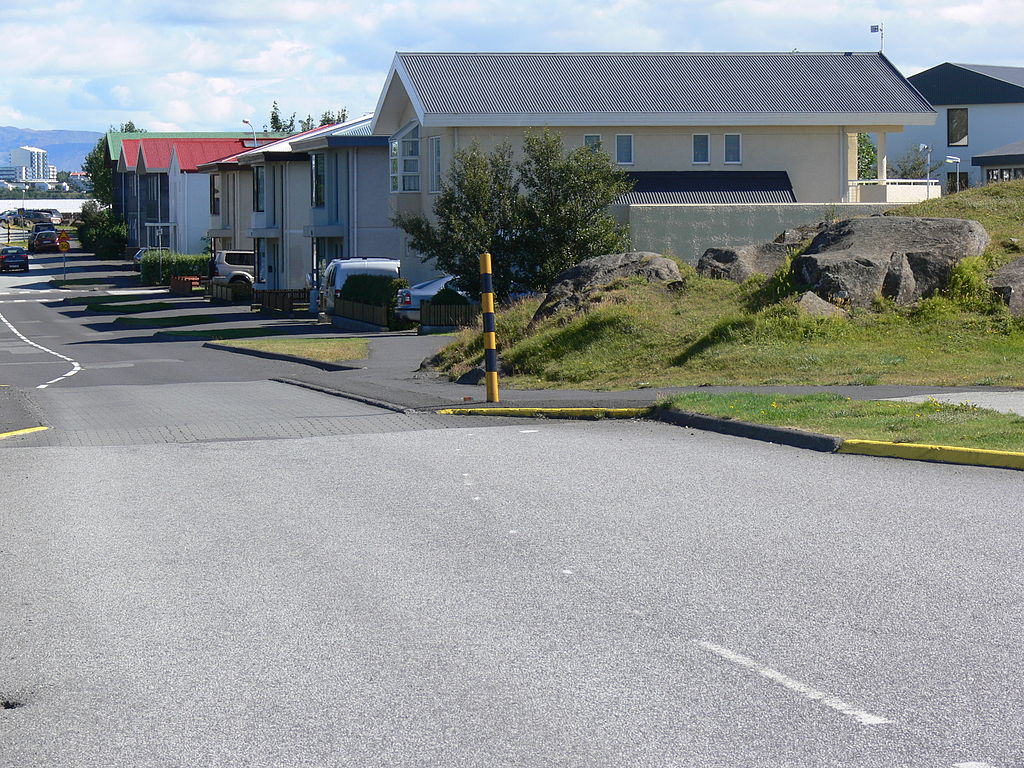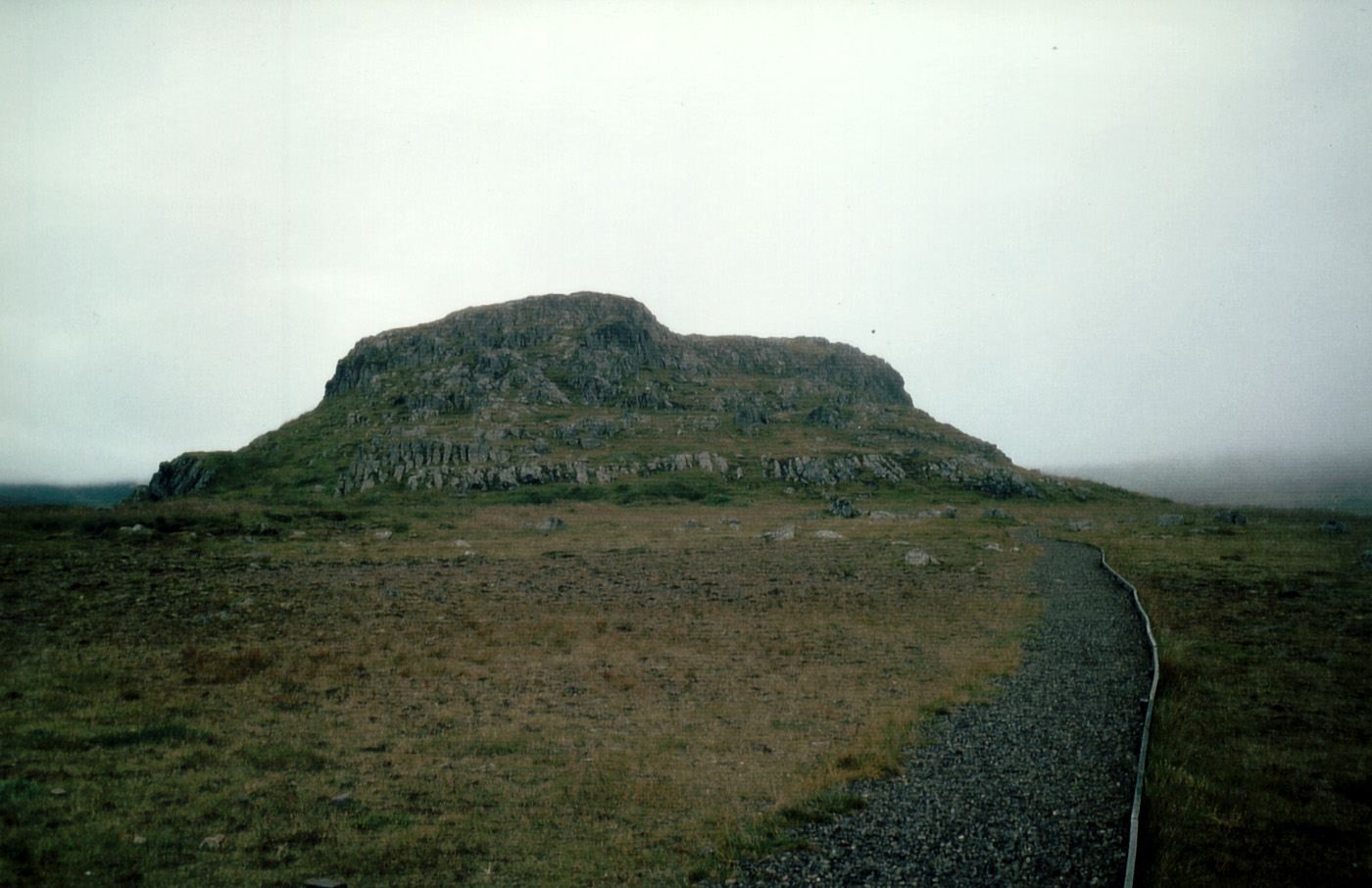“In this land of fire and ice, where the fog-shrouded lava fields offer a spooky landscape in which anything might lurk, stories abound of the “hidden folk” — thousands of elves, making their homes in Iceland’s wilderness. So perhaps it was only a matter of time before 21st-century elves got political representation.
Elf advocates have joined forces with environmentalists to urge the Icelandic Road and Coastal Commission and local authorities to abandon a highway project building a direct route from to the tip of the Alftanes peninsula, where the president has a home, to the Reykjavik suburb of Gardabaer. They fear disturbing elf habitat and claim the area is particularly important because it contains an elf church. The project has been halted until the Supreme Court of Iceland rules on a case brought by a group known as Friends of Lava, who cite both the environmental and the cultural impact — including the impact on elves — of the road project. The group has regularly brought hundreds of people out to block the bulldozers” (source)
“Huldufolk,” Icelandic for “hidden folk,” play a major role in Icelandic life. In 1982, 150 Icelanders went to the NATO base in Keflavík to look for “elves who might be endangered by American Phantom jets and AWACS reconnaissance planes.” In 2004, Alcoa had to have a government expert certify that their chosen building site was free of archaeological sites, including ones related to huldufólk folklore, before they could build an aluminum smelter in Iceland. In 2011, elves/huldufólk were believed by some to be responsible for an incident in Bolungarvík where rocks rained down on residential streets. Icelandic gardens often feature tiny wooden álfhól (elf houses) for elves/hidden people to live in. Some Icelanders have also built tiny churches to convert elves to Christianity.
A survey conducted by the University of Iceland in 2007 found that some 62 percent of the 1,000 respondents thought it was at least possible that elves exist. A July 1998 survey by [the newspaper] Dagblaðið Vísir found that 54.4% of Icelanders surveyed claimed to believe in elves, while 45.6% did not … A 2006 survey by Folklore professor Terry Gunnell found that “There is a little bit more doubt than there used to be, but generally the figures were much the same as they were.” Anthropologist Kirsten Hastrup found that different ways of asking Icelanders about Huldufólk could elicit very different responses. Similarly, Gunnell has said: “Very few will say immediately that they ‘believe’ in such, but they won’t deny it either”” (source).
“Though many of the Friends of Lava are motivated primarily by environmental concerns, they see the elf issue as part of a wider concern for the history and culture of the very unique landscape. Andri Snaer Magnason, a well-known environmentalist, said his major concern was that the road would cut the lava field in two, among other things, destroying nesting sites. “Some feel that the elf thing is a bit annoying,” said Magnason, adding that personally he was not sure they existed. However, he added, “I got married in a church with a god just as invisible as the elves, so what might seem irrational is actually quite common” with Icelanders.
Gunnell said he was not surprised by the wide acceptance of the possibility of elves. “This is a land where your house can be destroyed by something you can’t see (earthquakes), where the wind can knock you off your feet, where the smell of sulfur from your taps tells you there is invisible fire not far below your feet, where the northern lights make the sky the biggest television screen in the world, and where hot springs and glaciers “talk,” Gunnell said. “In short, everyone is aware that the land is alive, and one can say that the stories of hidden people and the need to work carefully with them reflects an understanding that the land demands respect”” (Huffington Post, op. cit.).





